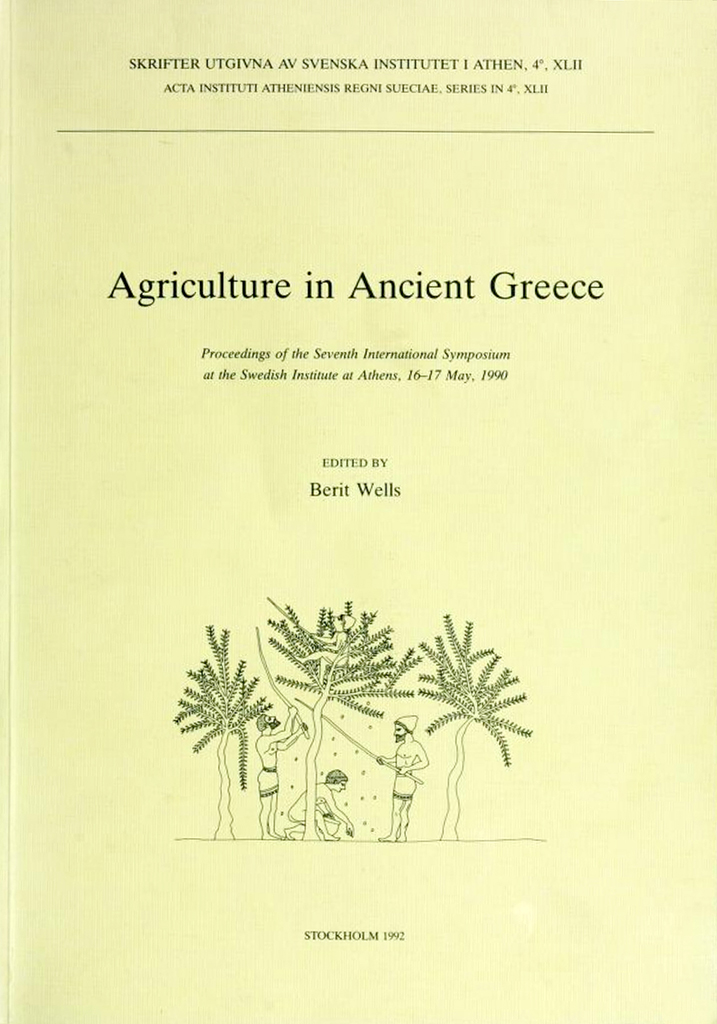Opuscula is published by the Swedish Institutes at Athens and Rome, with the aid of a grant from the Swedish Research Council. Distributed by Eddy.se AB. View journal at ERIH PLUS. All content available with open access. New inscriptions in the Bodrum Museum. A Hellenistic foundation from the area of Mylasa By Signe Isager Abstract This article presents two hitherto unknown Hellenistic inscriptions, both of which are fragmentary. They are inscribed on two sides of a stone which is now in the Museum of Underwater Archaeology in Bodrum (inv. no. 6651) but probably originated from the area of Mylasa. Both inscriptions concern a private foundation that is referred to as the syngeneia in inscription A. The foundation seems to be of a type already known from Halikarnassos, Kos and Thera, for example. This article aims to make the two inscriptions available not least to the many scholars studying associations and foundations. Bibliographical information Signe Isager, ‘New inscriptions in the Bodrum Museum. A Hellenistic foundation from the area of Mylasa’, Opuscula. Annual of the Swedish Institutes at Athens and Rome (OpAthRom) 7, Stockholm 2014, 185–192. ISSN: 2000-0898. ISBN: 978-91-977798-6-9. Softcover, 257 pages. https://doi.org/10.30549/opathrom-07-10 See also Conference: Berit Wells in memoriam
Published by the Swedish Institute at Athens. Distributed by Astrom Editions. Agriculture in ancient Greece. Proceedings of the Seventh International Symposium at the Swedish Institute at Athens, 16–17 May 1990 Edited by Berit Wells Abstract These fourteen papers on ancient Greek agriculture were read, or emanated from the discussions during, an international conference in Athens; the papers are followed by transcripts of the discussions of the symposium. Two main themes are addressed: (1) production—how do we recognize a farm and what could be, and what was, produced on it? (2) and the organization of agriculture—who owned the land, who worked it and how, and how much did it yield? Contents Preface Jens Erik Skydsgaard, ‘Agriculture in ancient Greece. On the nature of the sources and the problems of their interpretation’, pp. 9–12. Eberhard Zangger, ‘Prehistoric and historic soils in Greece: Assessing the natural resources for agriculture’, pp. 13–18. Robin Osborne, ‘‘Is it a farm?’ The definition of agricultural sites and settlements in ancient Greece’, pp. 21–25. Hans Lohmann, ‘Agriculture and country life in Classical Attica’, pp. 29–57. ‘Discussion after first section on production’. Anaya Sarpaki, ‘The Paleoethnobotanical approach. The Mediterranean triad or is it a quartet?’, pp. 61–75. Marie-Claire Amouretti,…


